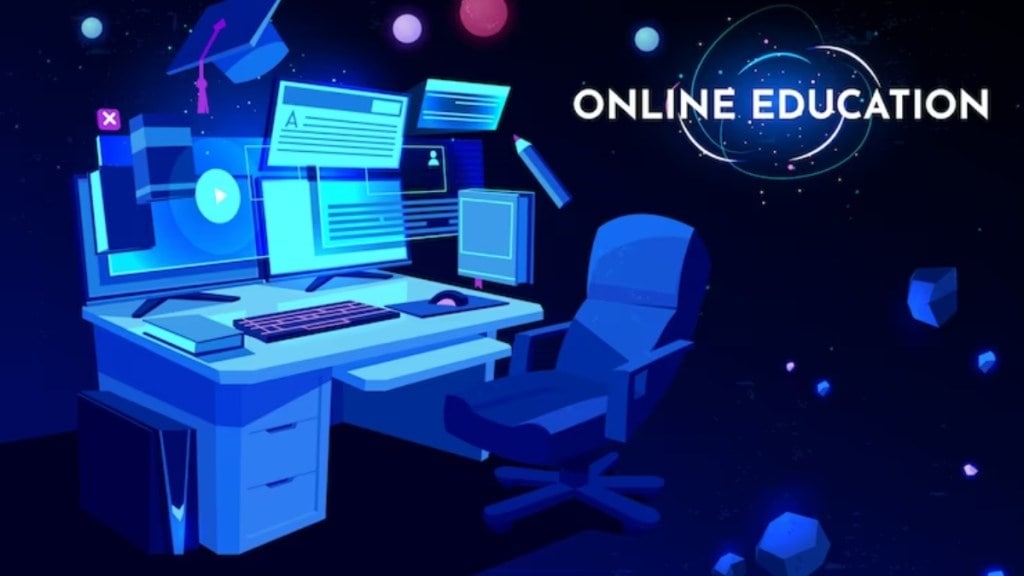By Gaurav Goel
India is the most populous nation on earth and harbours the largest education system globally. However, despite numerous initiatives rolled out by the government to enhance education delivery, a substantial disparity prevails in terms of the quality of education and resource availability between urban and rural areas.
In such a scenario, the EdTech industry assumes an elementary role in promoting uniform learning experiences and mitigating geographical barriers. In the post-Covid-19 era, India’s ed-tech sector has experienced substantial growth, driven by the enhanced penetration of the internet and mushrooming growth of digital learning platforms.
With the advent of 5G technology, the ed-tech sector is set to experience a significant transformation, fuelling the growth of new learning opportunities in India and revolutionising the education landscape like never before. 5G, with its fast speeds, will enable instructors and students to quickly download resources and leverage an on-the-go learning experience.
By removing connectivity problems and delayed downloads, the new network will also better enable video conferencing and online learning classes. This will also inspire teachers to create more video-based lessons and help learners who want to learn outside of the conventional classroom. Furthermore, learners can interact better with lecturers during online classroom sessions without lag, making education delivery more engaging.
As 5G technology becomes mainstream, it will improve the accessibility and affordability of high-quality online education. This upgrade will play a crucial role in democratising education across the country, especially for disadvantaged communities in remote and impoverished regions. Students in rural provinces will garner access to high-speed internet, allowing real-time participation in classes at a considerably lower cost.
The countrywide rollout of the technology will also bring about notable progress in primary and secondary schooling in rural areas. Students will be able to view educational videos without witnessing buffering delays and will become a part of the global educational community.
Moreover, the implementation of 5G technology will also enhance the quality and adoption of immersive learning in higher education. Disruptive technologies like Augmented reality (AR) and Virtual Reality (VR) applications, which depend on high bandwidth, robust connectivity, and low latency, will undergo accelerated growth, exceeding the abilities of existing Wi-Fi technology. This advancement will deliver trainers better opportunities to utilise immersive learning techniques.
The exceptional network capabilities and seamless experience offered by 5G will allow learners to cultivate new skills, comprehend complex subjects, and visualise through AR and VR. Students can fully immerse themselves in the learning experience by utilising gestures. This transformative capability will enrich interactions and deepen the educational experience.
Lastly, the technology is expected to address the long-existing challenge of a one-size-fits-all approach in the education framework by offering personalised learning experiences. It will pave the way for the evolution of intelligent systems to comprehend the unique requirements of individual students and design targeted learning approaches. This will also go a long way in upskilling and reskilling teachers and other professionals to align with the evolving requirements of students, the market and consumers.
The author is Founder and CEO of Toprankers. Views are personal.

